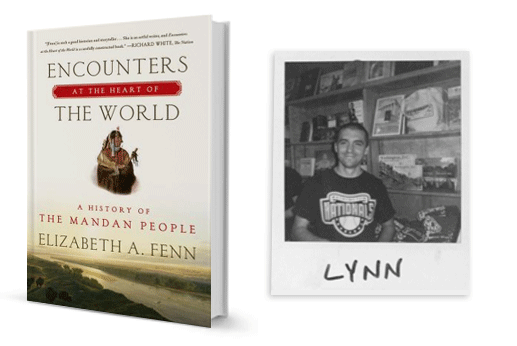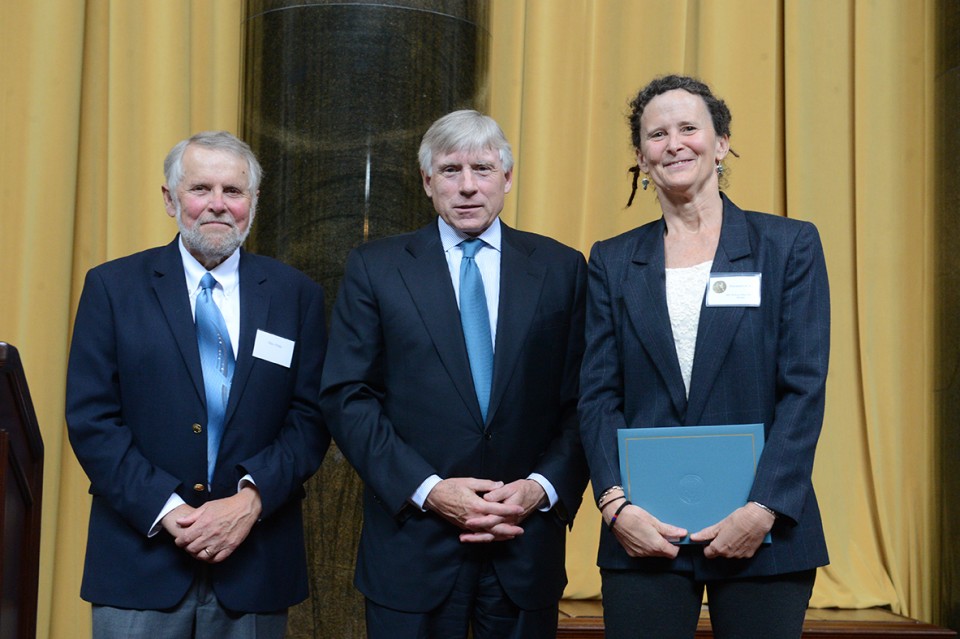


"It's really hard to fathom the productivity of their gardens," Fenn said.

An archeological excavation of one Mandan village found underground caches capable of storing 70,000 bushels. Mandan women tended gardens that generated a surplus of corn, pumpkins and squash that were exchanged in trade. "We have to deal with all of America," not just an early America of 13 colonies. "Why is this not part of our canon?" asked Fenn, who heads the history department at the University of Colorado in Boulder. She was surprised to learn "how astonishingly vibrant" the Mandan villages had a collective population of 10,000 or 12,000 - and possibly up to 20,000 - and a significance that was little appreciated, or taught. Her approach combined history, archeology, ethnography, native lore and sacred stories, even geology to weave what the Pulitzer judges called "an engrossing, original narrative."įenn's findings are at odds with the common notion that no important American history took place at the center of the continent before the American Revolution. Tragedy struck when a smallpox epidemic swept through the area five years later, in 1837, dealing a deadly blow to the Mandans, whose population plunged.ĭisease led Fenn to the Mandans - An earlier book dealt with the role of smallpox in revolutionary and colonial America - but as she delved more deeply she was struck by the richness of the Mandans' world. 3.īecause of the Mandans' waning economic importance by the 1830s, federal Indian agents didn't make them a priority during a smallpox vaccination campaign in 1832. Now Fenn will return to North Dakota in a book tour, with appearances beginning in Jamestown July 31 and ending in Fargo Aug. That was one of many connections she made in the book, the result of a dozen years of research and travel around central and western North Dakota. They famously hosted Lewis and Clark as well as a colorful parade of artists and adventurers, including John James Audubon and Karl Bodmer.īut as Fenn pointed out in her 2015 Pulitzer-prize winning book, "Encounters at the Heart of the World," the Mandans' clout as essential trading partners took a big hit after the Fort Union trading post opened in 1828 near the confluence of the Yellowstone and Missouri rivers. The Mandans, who occupied earth-lodge villages along the Missouri River, were skilled gardeners widely known for their warm hospitality and savviness as merchants at the hub of a vast trade network.

FARGO - Elizabeth Fenn has chronicled the tragic history of central North Dakota's Mandan Indians, who learned a painful lesson in the perils of competition.


 0 kommentar(er)
0 kommentar(er)
